A variety of culinary traditions combine in Spanish cuisine. Over time, the country has repeatedly been occupied by foreign powers, all of which have influenced its cuisine. Starting in the 8th century BC, the Phoenicians colonized the territory and began producing olive oil and wine. Six centuries later, the Romans introduced the practice of stuffing animals with vegetables, sauces and spices. Between the 8th and 15th centuries, Arabs conquered the peninsula, bringing with them almonds, honey, raisins, rice and herbs. Around 1500, Spanish cuisine incorporated new, previously unknown ingredients from the Americas: cocoa, coffee, potatoes, beans and tomatoes.
Many of these ingredients play a part in one of Spanish cuisine’s most typical dishes: paella. Paella is prepared with rice, vegetables, rabbit meat and chicken. In coastal areas, fish and seafood are also added. Another very popular dish is gazpacho, a soup made with tomatoes, peppers, cucumbers and bread, garnished with croutons and served cold. A Spanish tradition is eating tapas, small appetizers served in bars. The most common tapas are made with olives, dried fruit, fried fish, seafood, meatballs and a spicy pork sausage called chorizo. Local dry-cured hams such as jamon serrano or pata negra are also delicious, as are cheeses made with sheep’s milk, the most famous of which is queso manchego. These appetizers are often eaten while drinking a glass of beer, vino tinto (or red wine), or sangria, an aperitif made with wine and fruit.
Desserts are mostly made with almonds, honey and cookies. One typical dessert is crema catalana, made with milk, eggs, sugar and caramel. Thanks to the widespread use of vegetables, fish and olive oil, Spanish cuisine is very well balanced and nutritional. Its numerous ingredients guarantee the right intake of vitamins, proteins and fat. For Spaniards, lunch is the main meal, and is eaten between two and four o’clock in the afternoon. Dinner, on the other hand, is limited to a light soup or a few tapas, and is served after ten in the evening. Like other Mediterranean peoples, the Spanish also consider each meal a ritual, preferably shared with others and enjoyed without any rush.
Many of these ingredients play a part in one of Spanish cuisine’s most typical dishes: paella. Paella is prepared with rice, vegetables, rabbit meat and chicken. In coastal areas, fish and seafood are also added. Another very popular dish is gazpacho, a soup made with tomatoes, peppers, cucumbers and bread, garnished with croutons and served cold. A Spanish tradition is eating tapas, small appetizers served in bars. The most common tapas are made with olives, dried fruit, fried fish, seafood, meatballs and a spicy pork sausage called chorizo. Local dry-cured hams such as jamon serrano or pata negra are also delicious, as are cheeses made with sheep’s milk, the most famous of which is queso manchego. These appetizers are often eaten while drinking a glass of beer, vino tinto (or red wine), or sangria, an aperitif made with wine and fruit.
Desserts are mostly made with almonds, honey and cookies. One typical dessert is crema catalana, made with milk, eggs, sugar and caramel. Thanks to the widespread use of vegetables, fish and olive oil, Spanish cuisine is very well balanced and nutritional. Its numerous ingredients guarantee the right intake of vitamins, proteins and fat. For Spaniards, lunch is the main meal, and is eaten between two and four o’clock in the afternoon. Dinner, on the other hand, is limited to a light soup or a few tapas, and is served after ten in the evening. Like other Mediterranean peoples, the Spanish also consider each meal a ritual, preferably shared with others and enjoyed without any rush.
RELATED
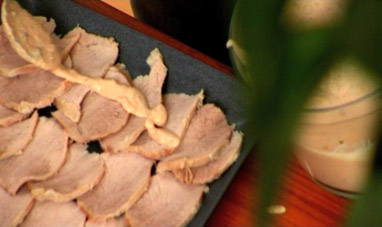

VITELLO TONNATO


DUBAI
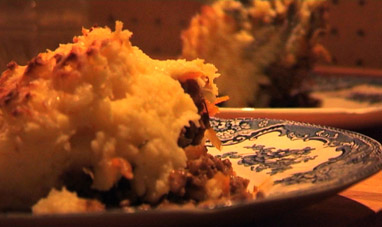

SHEPHERD'S PIE


BAGHDAD


LONDON
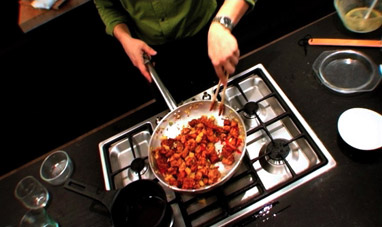

SWEET AND SOUR PORK


NEW YORK
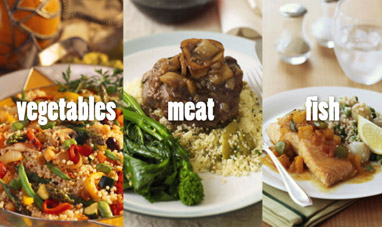

ARAB CUISINE


VIENNA
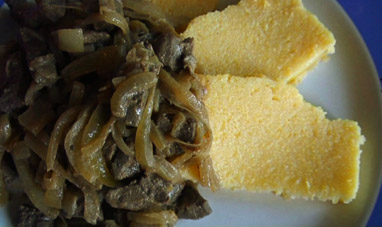

LIVER ALLA VENEZIANA
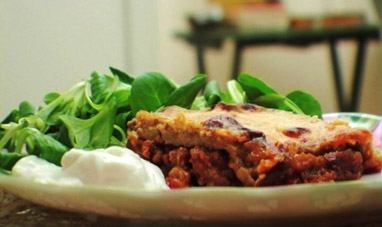

MOUSSAKA


VENICE
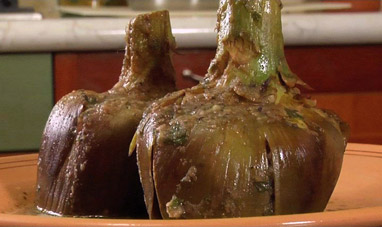

ROMAN-STYLE ARTICHOKES
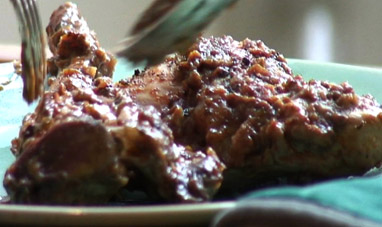

RABBIT ALLA CACCIATORE


SHANGHAI
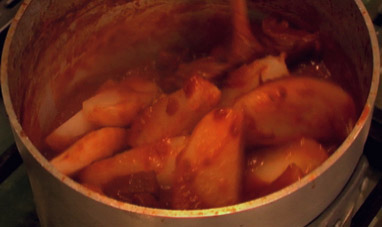

GOULASH


CHINESE CUISINE


TOKYO


MAYAN MONUMENTS: UXMAL, TIKAL AND PALENQUE


BEIJING


PARIS
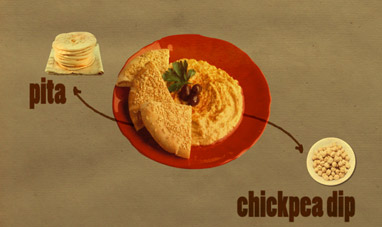

EGYPTIAN CUISINE


ITALIAN TOURING CLUB


THE ACROPOLIS IN ATHENS


SYDNEY OPERA HOUSE


COCONUT DELIGHTS
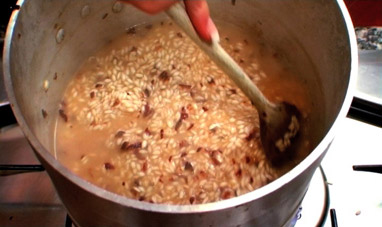

SHRIMP RISOTTO


GREEK CUISINE


NEW DELHI


WASTE IN THE WORLD
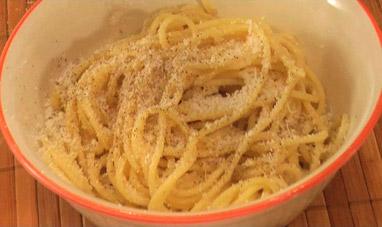

PASTA CACIO E PEPE


CHOCOLATE SALAMI
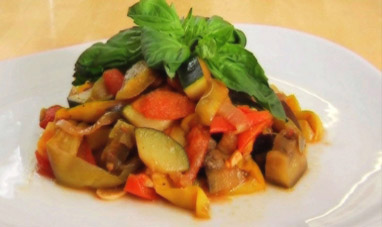

RATATOUILLE


VODKA


AMSTERDAM


ZÜRICH
